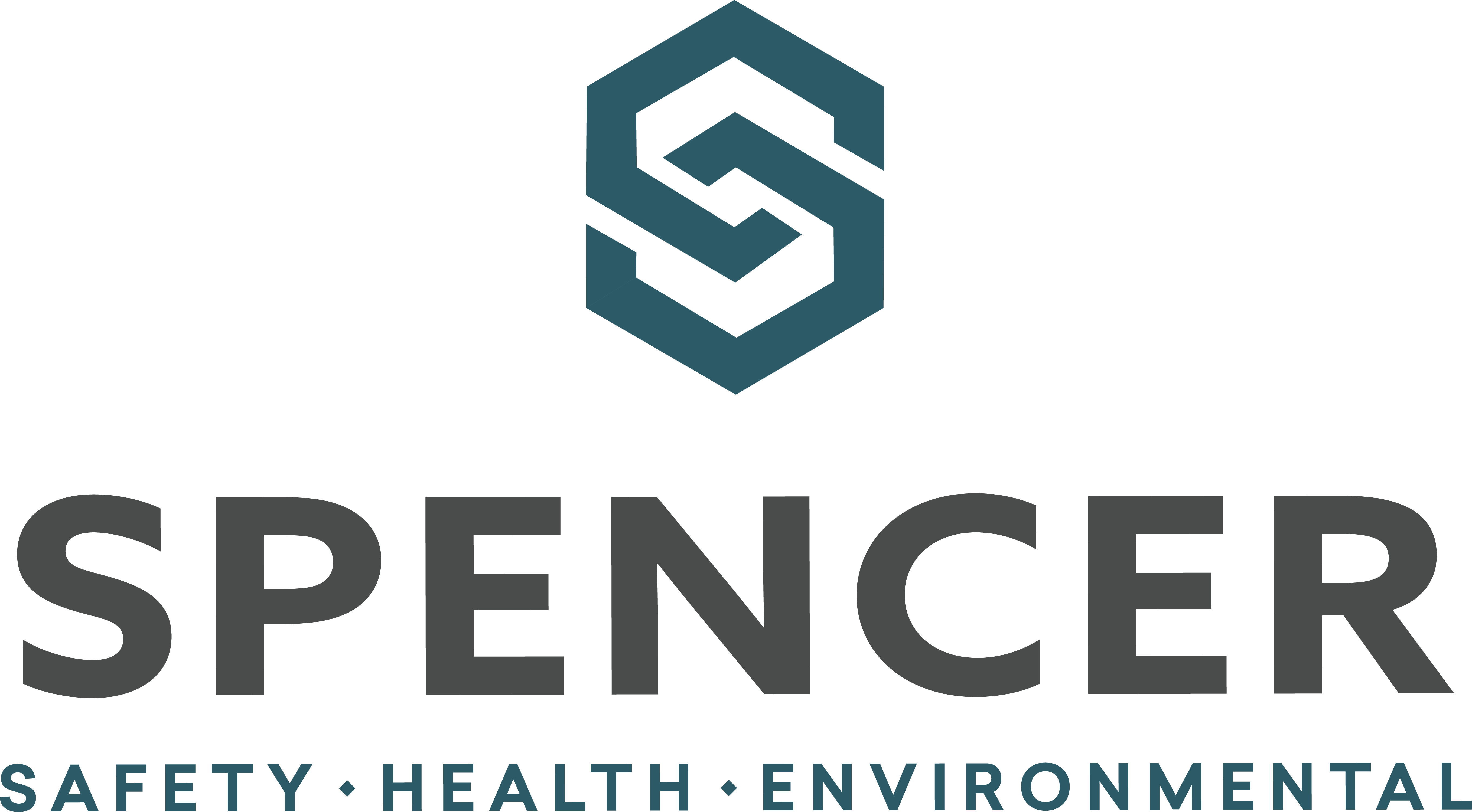Employee exposure to hazardous chemicals and other substances is on the rise, making emergency eyewash and shower equipment at the work site more important than ever. According to the U.S. Bureau of Labor Statistics (BLS), 2022 saw approximately 23,900 cases of work-related injuries and illnesses that resulted from exposure to harmful substances affecting workers’ skin, eyes, or other exposed tissues — up from the 21,800 cases reported in 2021.
While 2022 numbers are still being analyzed, 20,950 of the 2021 cases involved chemical exposures to the eyes or skin. According to government data, from 2021 to 2022, American workers reported more than 48,600 eye injuries, and nearly one quarter were a result of chemical exposure.
While total recordable nonfatal injuries and illnesses involving days away from work (DAFW) dipped 20.1% in 2023 compared to 2022, there’s more to the story.
Most notably, the increase in employee exposures to hazardous chemicals and other substances is particularly concerning. No safety professional wants to see any type of injury on the rise.
Moreover, employers focused on bottom-line numbers must be concerned not only with DAFW but also with so-called DART cases involving DAFW, job restriction, or transfer. Some of their key worries include:
- How might this affect their insurance costs?
- How much will their risk of lawsuits and the associated costs of defense and potential settlements increase?
- How will operations be affected?
- Skilled employees never grew on trees but can be even harder to find and recruit today, especially on a tight schedule to replace an injured worker.
But there’s much more to the story than stats and money. The human side of these exposures can be devastating for individual victims and their families.
“Chemical exposures can lead to incurable and life-altering conditions, so it’s vital that employers take immediate steps to recognize and mitigate life-threatening hazards like those found in this investigation,” Occupational Safety & Health Administration (OSHA) Atlanta-West Area Office Director Jeffery Stawowy said in a statement after the agency cited and fined an Atlanta chemical manufacturer in 2024 for 67 serious violations — one of which included failing to provide suitable facilities for quick drenching or flushing of the eyes and body.
What OSHA Requires
OSHA promulgated its 29 CFR 1910.151 regulation in 1971. Subsection (c), which pertains to workplace emergency eyewash and showers, simply states: “Where the eyes or body of any person may be exposed to injurious corrosive materials, suitable facilities for quick drenching or flushing of the eyes and body shall be provided within the work area for immediate emergency use.”
It’s been observed that OSHA’s regulation is ambiguous. It doesn’t get into the details about how to provide quick drenching or eye-flushing fluid. That’s where the industry standard, ANSI/ISEA Z358.1 comes in. OSHA says you need to provide suitable facilities, but the ISEA standard defines what that means on a practical level.
In fact, OSHA inspectors often use the standard when assessing employers’ compliance with federal medical and first aid regulations (29 CFR Part 1910.151c).
In addition, as we note in ISEA’s Selection, Installation & Use Guide for Emergency Eyewash & Shower Equipment, many states require the use of ANSI/ISEA Z358.1 compliant equipment. The International Plumbing Code (IPC) and the Uniform Plumbing Code (UPC) recognize hazards of caustic and corrosive exposure. IPC, section 411, and UPC, section 416, require the use of ANSI/ISEA Z358.1 compliant equipment whenever eyewash or shower equipment is needed.
Spencer-SHE has been providing Safety, Health, and Environmental Compliance Guidance since 1980. Our on-site consultation program can conduct job hazard analysis, equipment needs for primary emergency fixtures, flushing fluid attributes and more!
Contact us here to help you to develop and maintain a safe and healthy workforce.
Sources:
Photo: Google Free Clip Art

